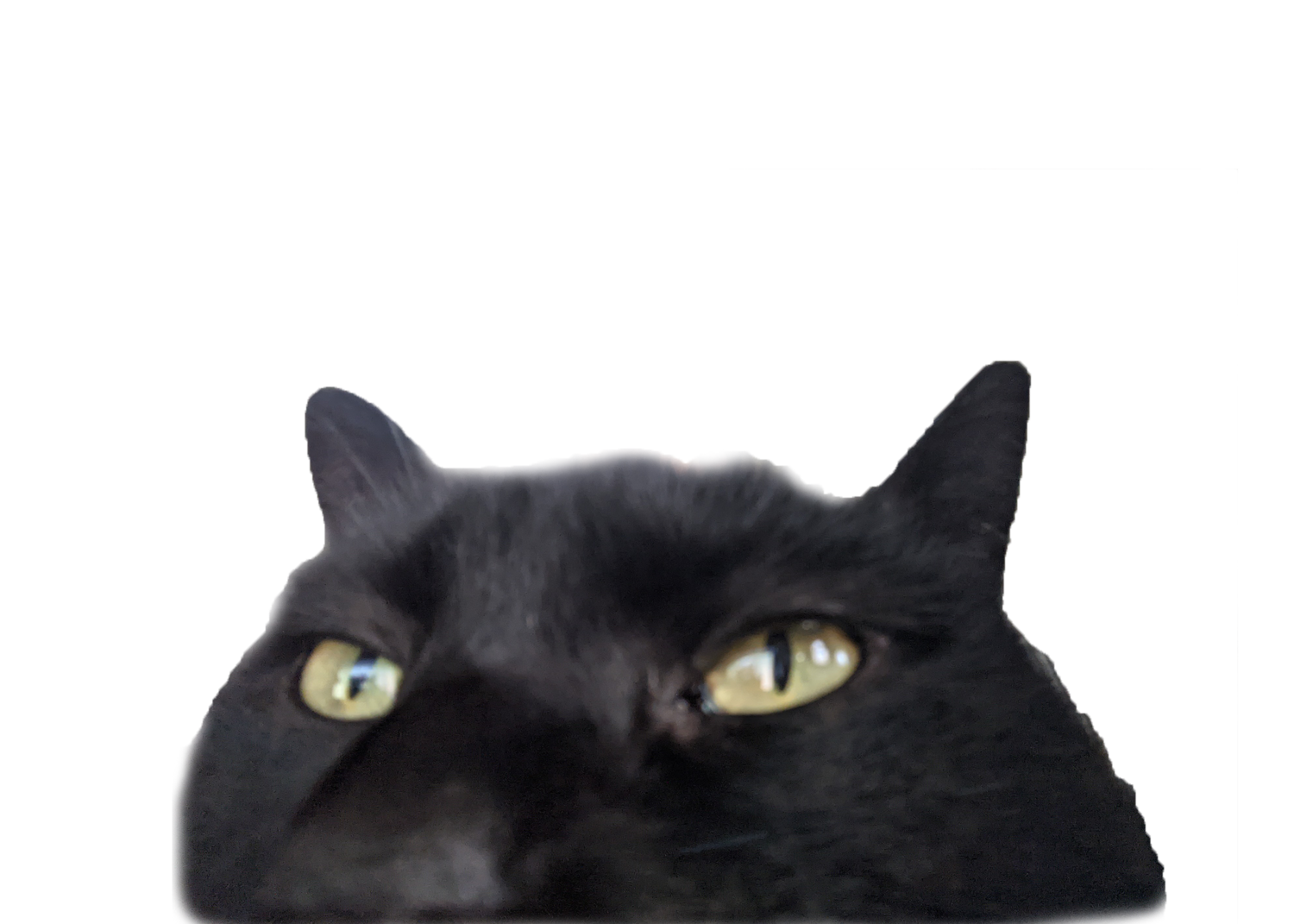CSS Health
Despite a well-intentioned healthcare provider providing assistance to a patient, trust is a fragile but important part of the relationship. To establish, grow, and maintain a secure provider-patient relationship, the patient must feel heard and advocated for.
Project Length
6-7 months
Role
Product Designer & Researcher
The team started off with a few simple ideas to get the ball rolling:
Mailing out more paper forms will ensure the patient’s information is accurate because they are the ones filling it out—however, it is too much work to ask from them to go through this process.
Another idea that ran by us incorporated a section in our platform that would act as a blank notepad. When a HCP types into this box, this notepad is able to organize and correct spelling errors (and document the changes so there is a history) minimizing the time they spend typing their notes.
As a healthcare SaaS company, it is vital for our product to work well for our customers and that means adapting. Capturing inaccurate notes is not only frustrating but can actually be dangerous as the submitted patient information will create a medication adherence plans that is meant to benefit the patients health. In order to create these cohesive health plans, the information that is inputted must be completed and 100% accurate.
We tasked ourselves to create a workflow that our customers could easily use while on the phone with a patient while recording that patients health.
End Product
We decided that for each module to be completed during a phone call, each module needed specific features. In the end, we opted in for a field that has a type ahead drop down and multi-selection option that pulls from the patient chart in our system. This not only ensures patient accuracy, but also only requires one hand to input the needed information. After a module is completed, the user will hit “Add” and our system will generate a history chart. And we realize no one is perfect and some mistakes will be made which is why we created the option to edit past assessments based on permissions set by the admin. Now, if someone goes into this patients chart, they have detailed information from previous sessions and are able to fix any issues that may have been entered.
What does CSS Health do?
Provide a comprehensive Medical Therapy Management (MTM), adherence and compliance solution for health plans, pharmacies, facilities, and patients.
Problem
CSS Health works with a variety of clients, including larger insurance companies, local pharmacies, and health plans. Over the course of 3-4 months, the team began to notice fewer face-to-face meetings with clients and more cancellations or rescheduled appointments. Although our clients offer different services, they all interact with patients, so we were able to put two and two together after a team member mentioned that client A was missing meetings. More team members began to notice the same trend.
During a team meeting, we developed a game plan that involved asking clients a few questions based on our assumptions. It took around 2.5 months to gather enough information to determine what was affecting our separate clients. In short, there was an increase in emails, phone calls, and in-person visits that were taking up valuable time. Why? Individual patient information was not accurately or fully noted in the patient's profile. After investigating further, we learned that our clients had different methods of reaching their patients.
Larger companies contracted with health-focused call centers to reach out to patients via phone and take down information.
Employees at smaller pharmacies directly contacted patients.
Each approach was slightly differed but had a common denominator: phone calls. The caller would speak with the patients and record information in real-time. Our clients use our platform differently from one to the next. Business A uses headsets to call as many patients as possible in a day, while Pharmacy B uses one hand to hold the phone and the other to type and record information.
Why weren’t accurate notes taken?
Callers would get flustered if they noticed their patient becoming irate
Patient would speak at a quick pace, hard to hear over the phone, etc.
Depending if the caller hand one or two hands free determined the quality of outputted notes.
How is a patient supposed to feel secure trusting a provider that can’t document accurate notes?
They can’t











